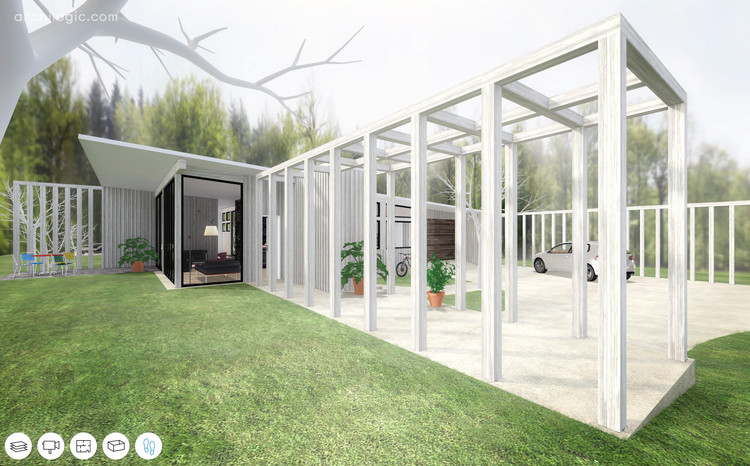
At just 42 years old, Makoto Tanijiri and the office he founded in 2000, Suppose Design Office, have emerged as one of Japan's most prolific medium-sized architecture and design firms. However, Tanijiri's path to success was somewhat different to the route taken by his contemporaries. In this interview, the latest in Ebrahim Abdoh's series of “Japan's New Masters,” Tanijiri discusses the role that education plays in a successful career and his work's relation to the rest of Japanese architecture.
Ebrahim Abdoh: What was your earliest memory of wanting to be an architect?
Makoto Tanijiri: When I was about 5 years old. Of course at that age I did not know the word “architect” or “architecture,” all I remember was how small our house was, and all the things I didn’t like about it. Back then, my dream was to be a carpenter, so that I could build my own house and live on my own.



.jpg?1481281148)

.jpg?1481280714)









.jpg?1480789673)










